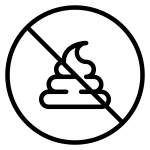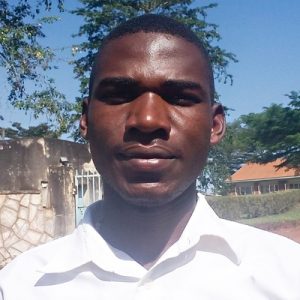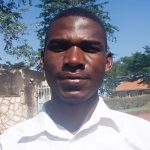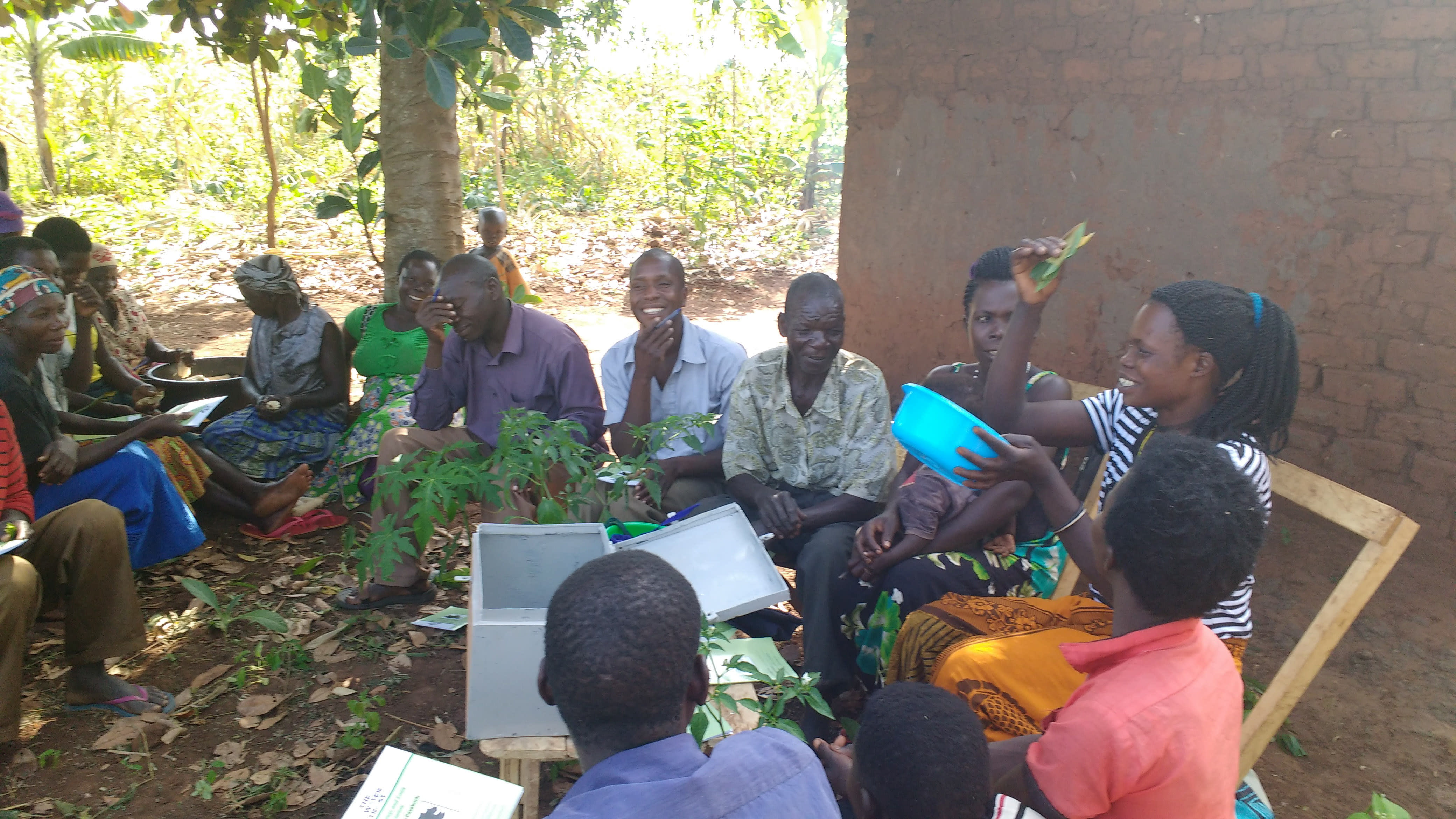Most families in this part of Katugo Village collect water from an unprotected and contaminated spring. The water is an open source shared by the community and used as a drinking source for cattle. Community members report frequent cases of diarrhea as a result of drinking the contaminated water.
"We have a total population of about 1,500 using only two functional shallow wells. This has caused a lot conflict at the water source due to too many people forcing other people to start using the open water source resulting into the spread of diseases," a community member said.
That is why we are going to rehabilitate a well and support the community to ensure that it has the proper structures in place to manage it into the future.
The sanitation situation is only slightly better. Barely more than half of households have a latrine. Most are constructed of local materials, including mud. However, open defecation is still an issue here.
The main activity in this area is agriculture. Most families grow maize to both sell in the market to make money and to eat at home. The men often work in the nearby trading centers - taking on day-labor jobs or whatever is available for small businesses. The women like most other communities remain engaged in household chores and farming.
The community is dominated by Alur people and these have considerably large families and woman is mainly in charge of taking care of family mostly in terms of food and clothing. Fetching water is a task that often falls on the women.
Here’s what we’re going to do about it:
Training
Training’s main objectives are the use of latrines and observing proper hygiene practices since these goals are inherently connected to the provision of clean water. Open defecation, water storage in unclean containers and the absence of hand-washing are all possible contaminants of a household water supply. Each participating village must achieve Open Defecation Free status (defined by one latrine per household), prior to the pump installation for a shallow hand-dug well.
This social program includes the assignment of one Community Development Officer (CDO) to each village. The CDO encourages each household to build an ideal homestead that includes: a latrine, hand-washing facility, a separate structure for animals, rubbish pit and drying rack for dishes.
We also implement the Community Led Total Sanitation (CLTS) approach with each of our village partners. This aims to improve the sanitation and hygiene practices and behaviors of a village. During these sessions, village leaders naturally emerge and push the community to realize that the current practices of individual households – particularly the practice of open defecation– are not only unhealthy but affect the entire village. CLTS facilitates a process in which community members realize the negative consequences of their current water, sanitation and hygiene behaviors and are inspired to take action. Group interactions are frequent motivators for individual households to build latrines, use the latrines and demand that other households do the same.
New Hand-Dug Well
With the guidance of our artisans and mechanics, the excavated well will be cased, sealed with a well pad, and then finished with a new AfriDev pump. The community will participate in excavating and constructing the water source.
Excavation takes a month or more on average, depending on the nature of the rock beneath. Construction of the well lining and installation of the pump takes on average 12 days.
This well will be located in Katugo Community and will bring clean water closer to families having to walk long distances for their water.
We are also constructing one more hand-dug well and rehabilitating a borehole for the community to ensure everyone has access to safe water! Learn more here and here.
Note: We do not have the precise GPS coordinates for this project at this time, but will update as soon as possible.
Improved Sanitation
The aim is that all households own an improved latrine. Many households do not use a latrine but use the bush. Due to open defecation, feces are spread all over the village. This leads to waterborne diseases and contamination of groundwater and surface water. Our aim is that the community is able to live a healthy life free of preventable diseases. We endeavor that at the end of our presence in the community, people will have both access to sustainable, clean water and access to sanitation. We have now organized families to form digging groups for latrine construction, and empowered them with tools to use.

 Protected Dug Well
Protected Dug Well
 Rehabilitation Project
Rehabilitation Project



























